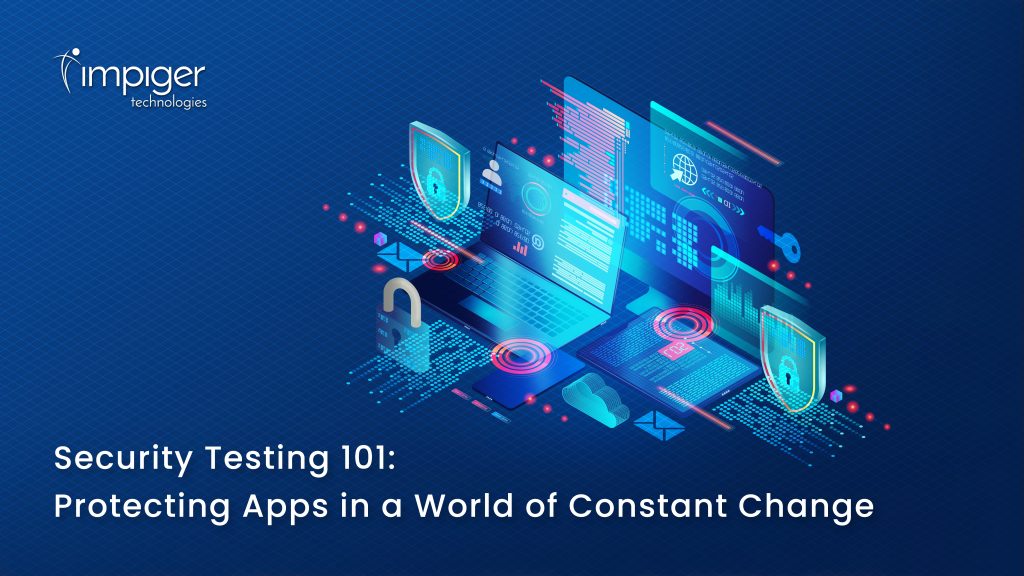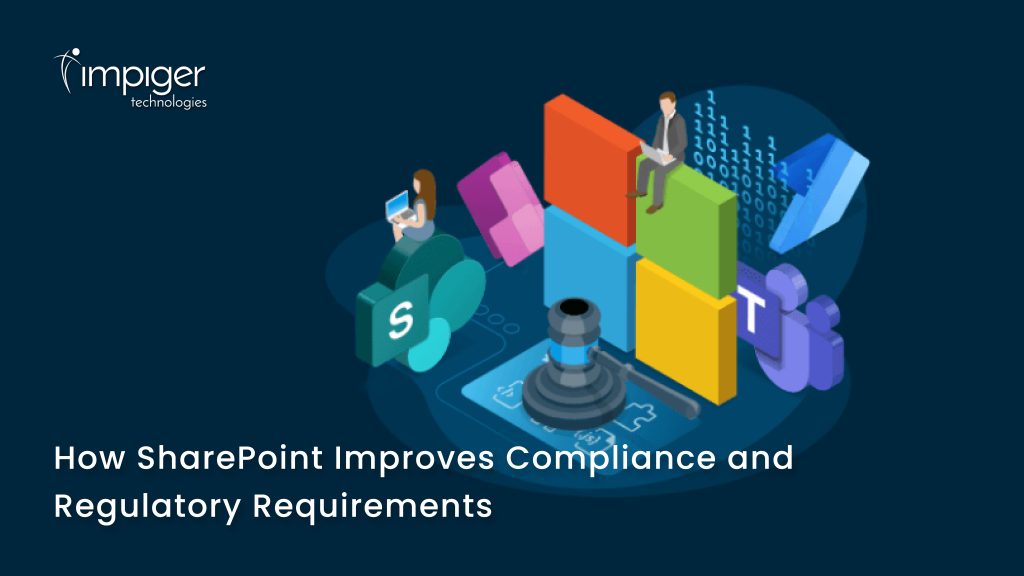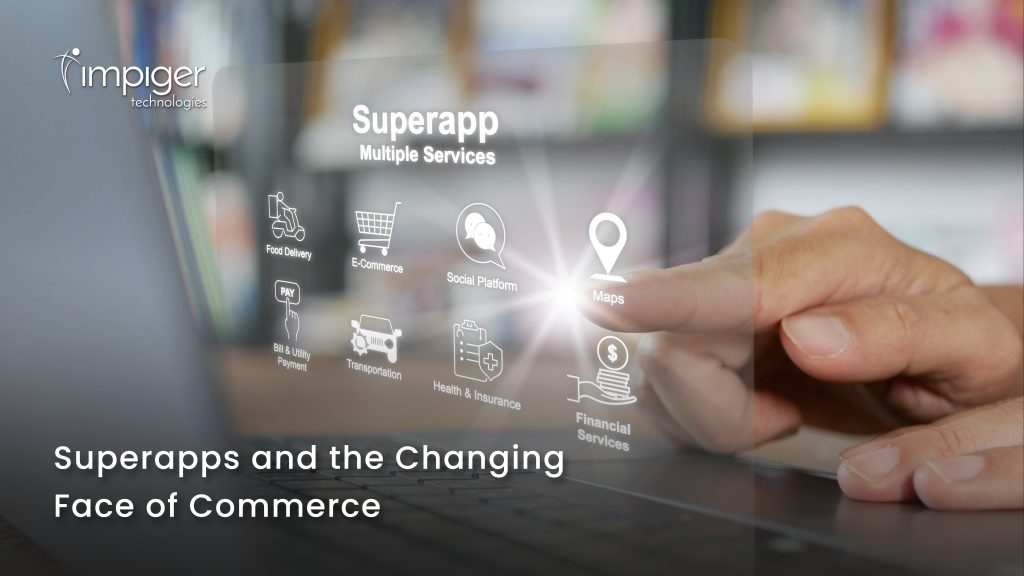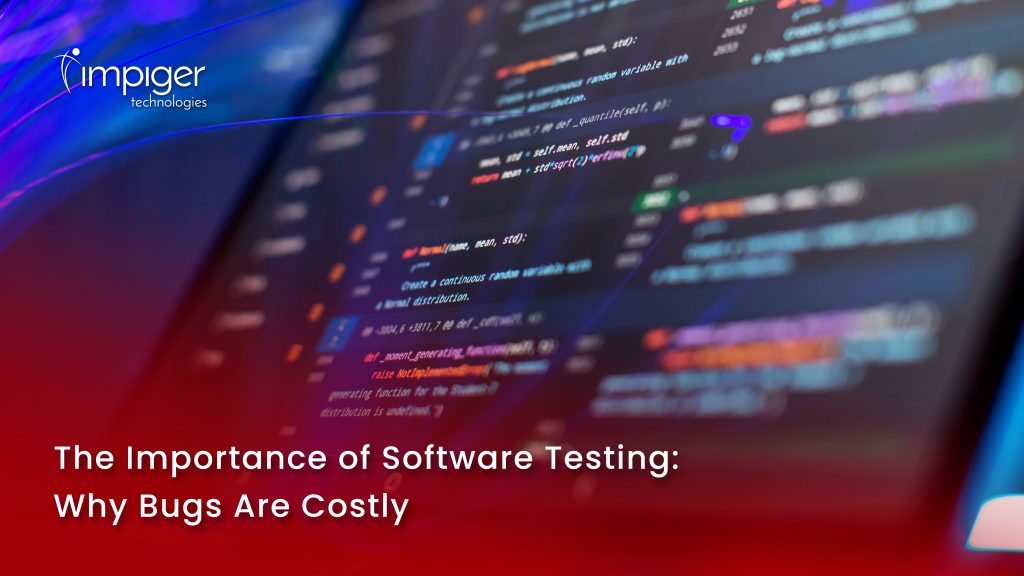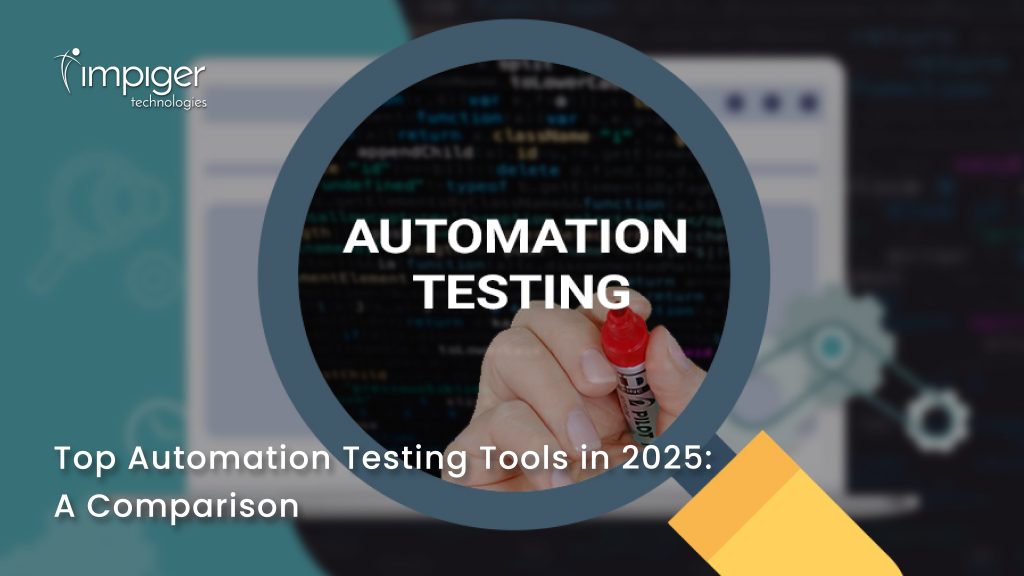In today’s fast-paced digital landscape, DevOps has emerged as a transformative approach that accelerates software development and delivery while maintaining high-quality standards. This synergy of development (Dev) and operations (Ops) is essential for organizations aiming to stay competitive. However, as DevOps practices evolve, so do the security challenges. In this blog, we’ll explore the best practices to ensure the robust cybersecurity of your DevOps pipeline.
The Significance of Security in DevOps
DevOps is all about speed, agility, and efficiency. But these virtues should never come at the cost of security. In a world where cyber threats are becoming more sophisticated and damaging, securing your DevOps pipeline is not optional—it’s imperative.
Shift Security Left
One of the fundamental principles of DevSecOps is “shifting security left.” This means integrating security practices into every stage of the DevOps pipeline, starting from code development. By identifying and addressing security vulnerabilities early in the development process, you prevent them from propagating downstream, where they can cause significant damage.
Automate Security Testing
Manual security testing is time-consuming and error-prone. Embrace automation to ensure that security tests are consistently run, and vulnerabilities are detected and resolved swiftly. Automated security testing helps maintain the integrity of your codebase and infrastructure throughout the pipeline.
Leverage Security Scanning Tools
Security scanning tools are invaluable for identifying vulnerabilities in code, containers, and infrastructure components. Regularly employing these tools helps you maintain a secure DevOps environment by catching potential threats before they become critical issues.
Implement Access Controls
Unauthorized access is a common vector for security breaches. Implement robust access controls to restrict entry into your DevOps pipeline and the resources it utilizes. Access control mechanisms ensure that only authorized personnel can make changes, reducing the risk of malicious activity.
Continuous Pipeline Monitoring
Monitoring your DevOps pipeline is akin to having a security guard for your digital operations. Employ various tools and techniques, including logging, auditing, and intrusion detection systems, to promptly detect and respond to suspicious activities.
Cultivating a Culture of Security
Beyond adopting best practices, fostering a culture of security within your organization is vital. Every member of your DevOps team should be security-aware and actively contribute to mitigating risks. Here are some additional tips to reinforce this culture:
Secure Code Review Process
Code reviews should be conducted by experienced developers well-versed in security best practices. This ensures potential vulnerabilities are spotted and resolved before the code is deployed.
Secrets Management
Implement a secrets management tool to securely store and manage sensitive information such as passwords and API keys. Proper secrets management is critical in preventing unauthorized access to critical systems.
Container and Infrastructure Security Tools
Leverage container and infrastructure security tools to scan for vulnerabilities and enforce security policies. These tools help maintain the security posture of your applications and infrastructure.
Continuous Education
Regularly educate your DevOps team on security best practices. Training should cover secure coding, threat modeling, and incident response. A well-informed team is your first line of defense against cyber threats.
Final Thoughts
DevOps is a powerful methodology for rapid software development and deployment. However, its effectiveness is contingent on robust cybersecurity practices. You can secure your DevOps pipeline by integrating security from the beginning, automating testing, leveraging scanning tools, and implementing access controls. Furthermore, nurturing a culture of security within your organization ensures that everyone is aligned to protect against cyber threats.
In an era where cyberattacks are rising, securing your DevOps pipeline isn’t just a best practice; it’s a necessity. Following these guidelines can fortify your DevOps practices and safeguard your organization’s digital assets.
Blog Reviewed by Kumaresan Selvaraj



